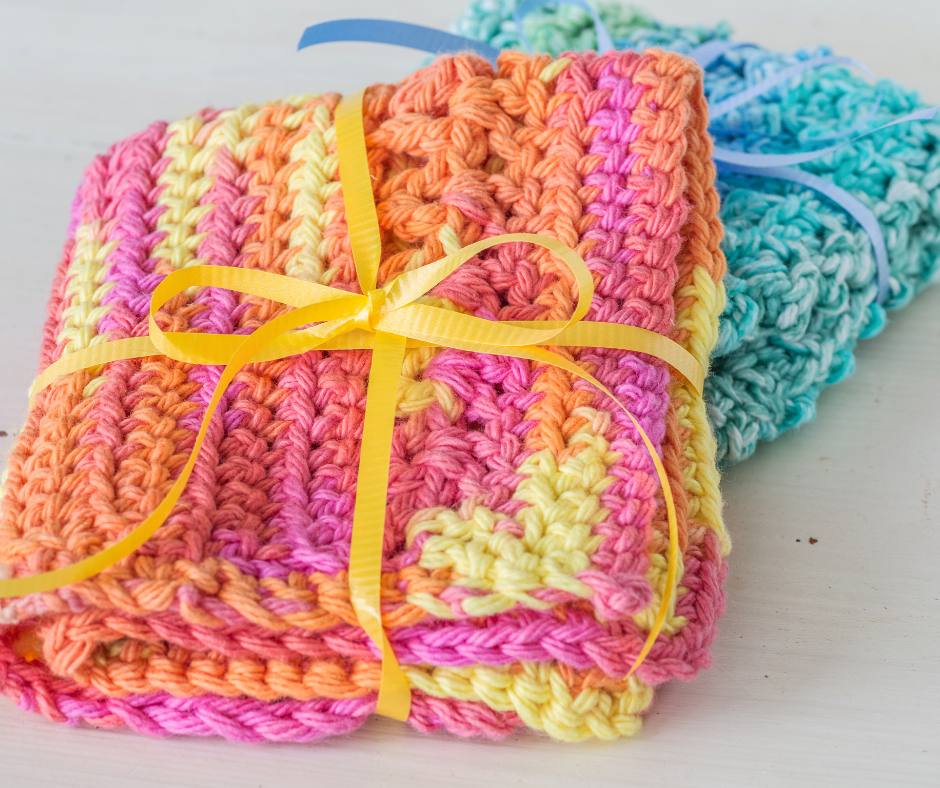
We have been on a mission to reduce the amount of toxic chemicals in our home and at the same time we have been reducing the amount of one use plastic we use too. We have silicone covers and containers with lids to store our food in the fridge and we opt for paper bags when possible. We made another big change this year by ditching the disposable plastic washing up sponges. We have replaced them with knitted dishcloths. They work a treat, are easy to make and are a great way to use up all that yarn you have in the cupboard.
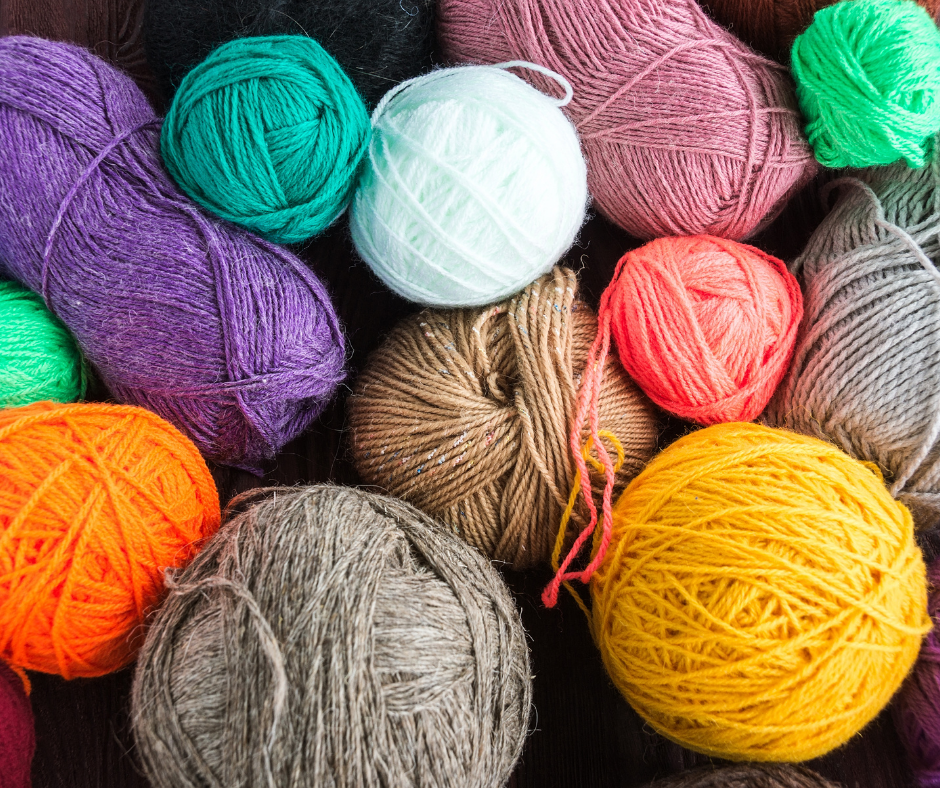
Someone suggested this idea to me earlier this year and I jumped at the idea, although initially I wasn’t sure where to start, what type of yarn to use, how much yarn I would need etc. I hadn’t done much knitting for a while when I started making these dishcloths so I took the opportunity to try out a few different stitches and mixes of cotton, nylon and wool yarns. I learned that it is best to stick to cotton and nylon/wool blends rather than using pure wool. The latter does not wash well.
In actual fact, it doesn’t really matter what you use or how big you knit your dishcloths, but I did learn a few things along the way that I believe are worth sharing.
What you will need:
8 ply cotton yarn or 8 ply nylon/wool blend. (A 50g ball of cotton will give you approximately 4 and 1/2 small dishcloths.)
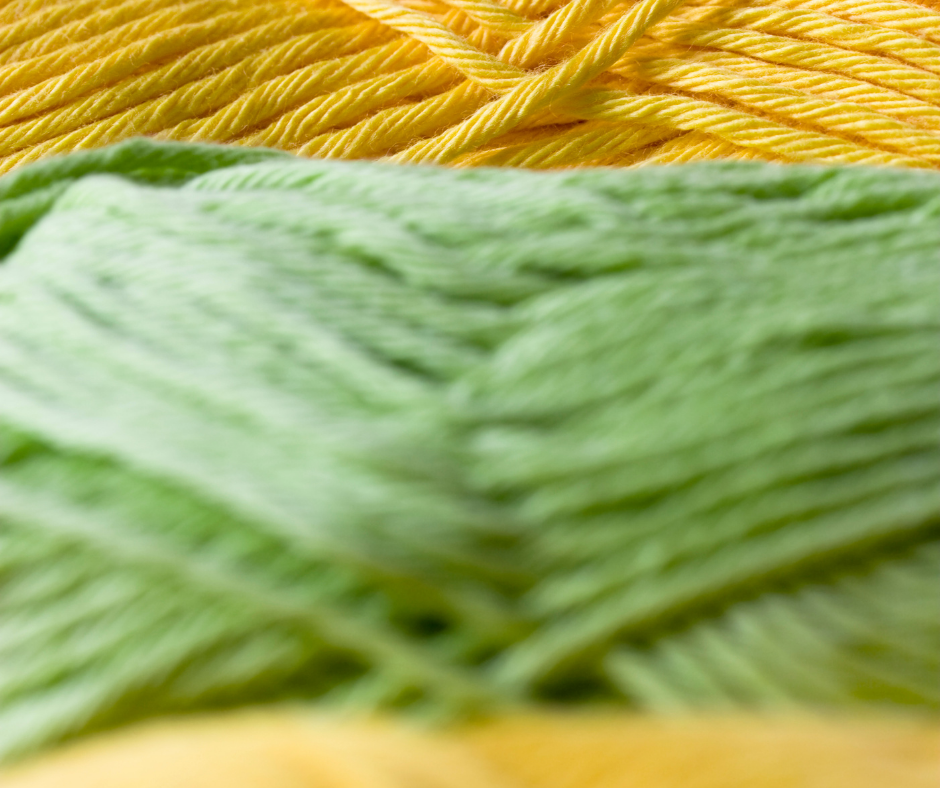
4mm Knitting needles
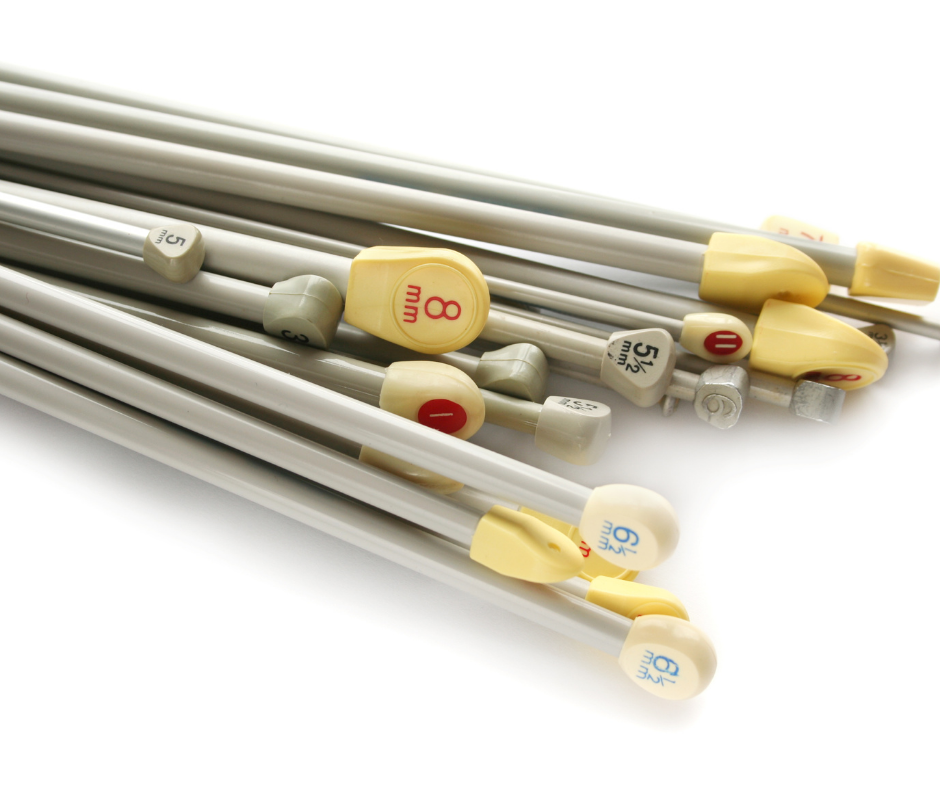
Scissors

Method:
Pattern 1: Garter Stitch
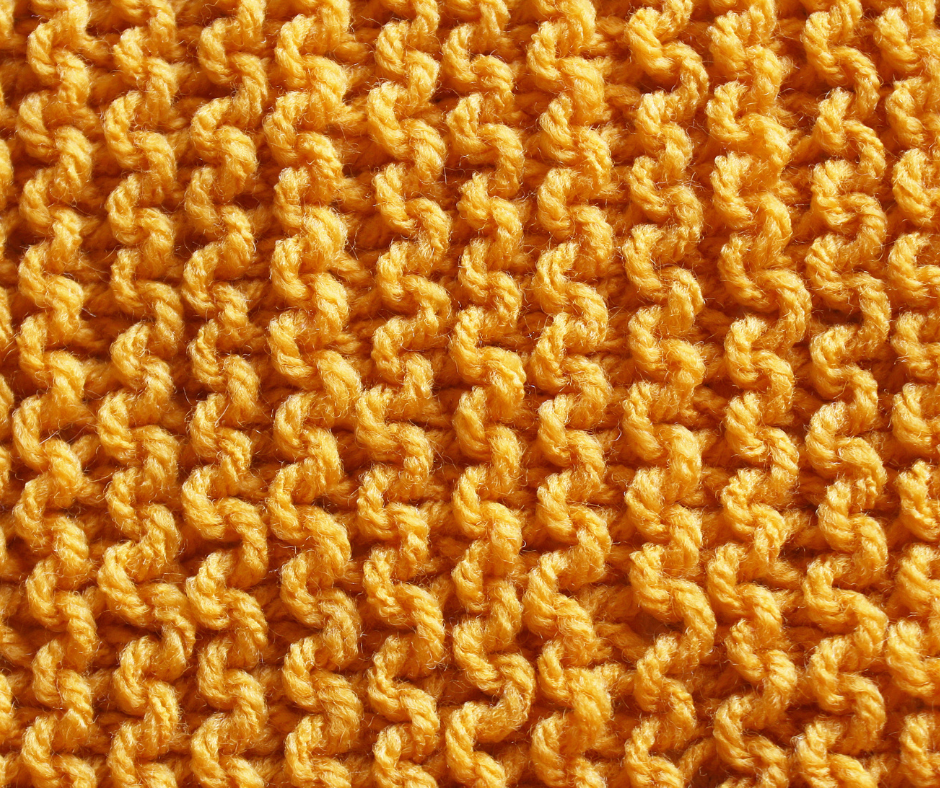
Cast on 36 stitches (this should give you a width of around 15-16 cm).
Knit each row as Garter Stitch (all plain stitching).
Continue until the dishcloth measures approximately 10-11 cm.
Cast off and tie off the yarn.
Thread the remaining yarn along the edge of the dishcloth to finish off and cut the yarn close to the edge.
Pattern 2: Seed Stitch
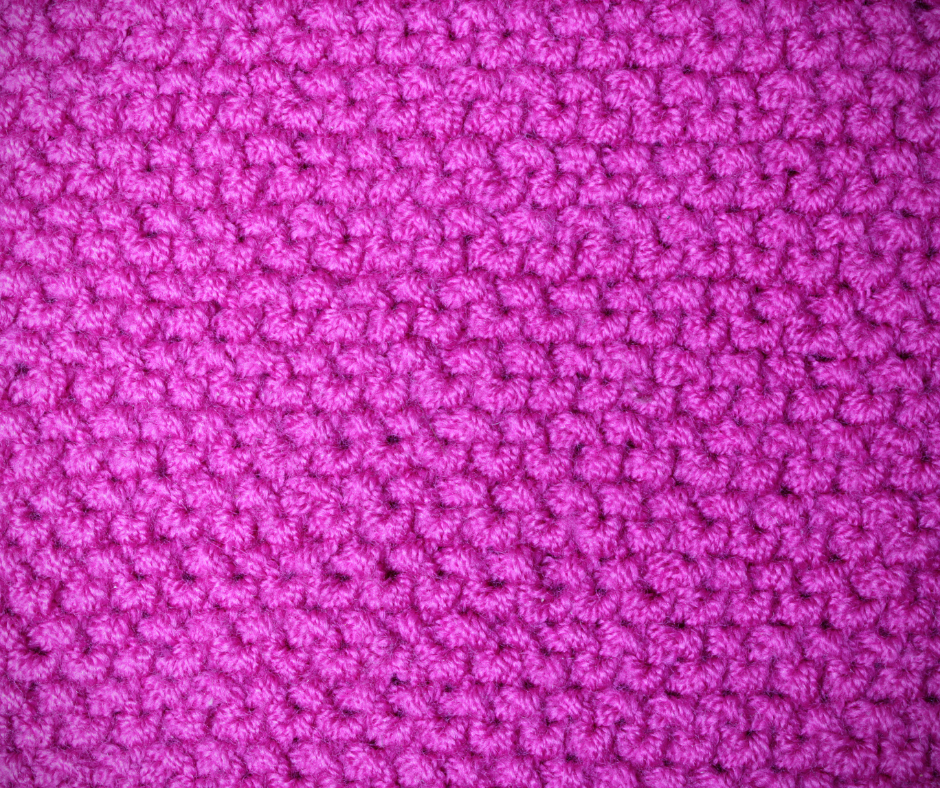
Cast on 35 stitches (this should give you a width of around 15-16 cm).
Row 1: Knit 1, Purl 1 for the whole row.
Row 2: Knit 1, Purl 1 for the whole row.
Continue until the dishcloth measures approximately 10-11 cm.
Cast off and tie off the yarn.
Thread the remaining yarn along the edge of the dishcloth to finish off and cut the yarn close to the edge.
Pattern 3: Andalusian Stitch
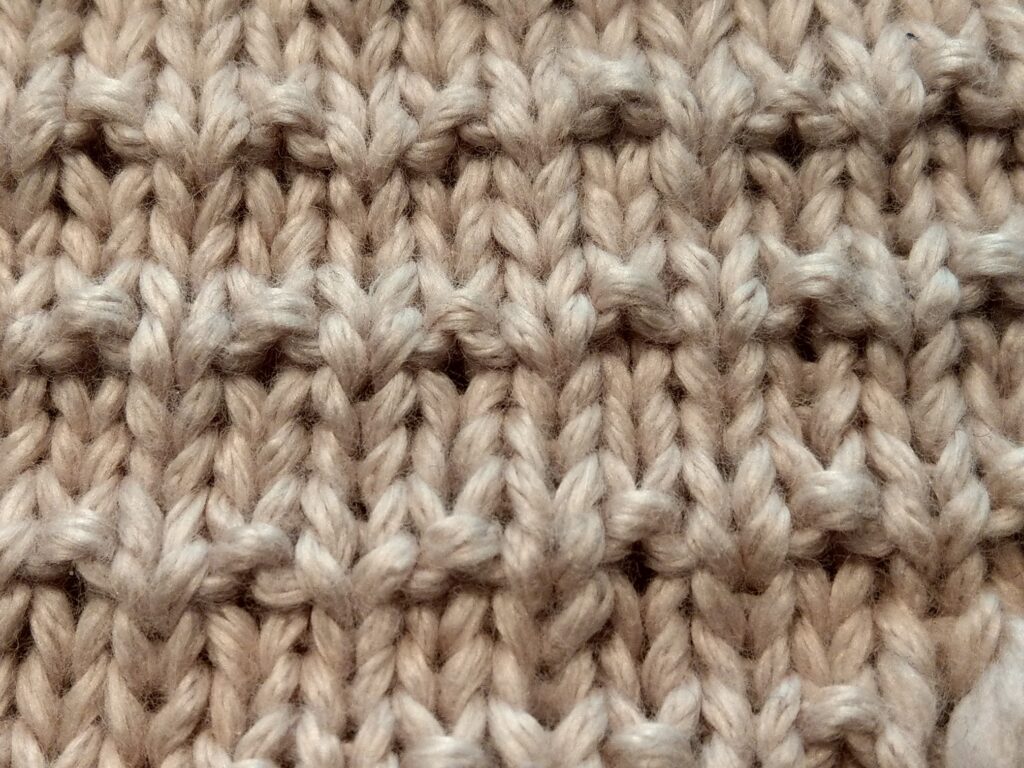
Cast on 36 stitches (this should give you a width of around 15-16 cm).
Row 1: Knit each stitch.
Row 2: Purl each stitch.
Row 3: Knit each stitch.
Row 4: Knit 1, Purl 1 for the whole row.
Continue until the dishcloth measures approximately 10-11 cm.
Cast off and tie off the yarn.
Thread the remaining yarn along the edge of the dishcloth to finish off and cut the yarn close to the edge.
Of course you can experiment and use a range of patterns but make sure the pattern allows you to keep the edges of the dishcloth flat. Some patterns e.g. Stocking Stitch will result in rolled edges.
You might also like to experiment with colour and with mixing the different types of yarns. The cotton dishcloths are much more absorbent than the nylon ones so by making a mixture of the different types you will have dishcloths for different purposes. For example, the nylon blend cloths work well in the sink for the washing up but the cotton cloths may be better for wiping down the benches.

A word on washing – I have enough cloths for every day of the week. They are just thrown in the wash, hung out on the line and are ready for reuse! Simple.
So make lots of different ones, colour code them for different jobs in the kitchen and you will be able to reduce the waste from your kitchen.
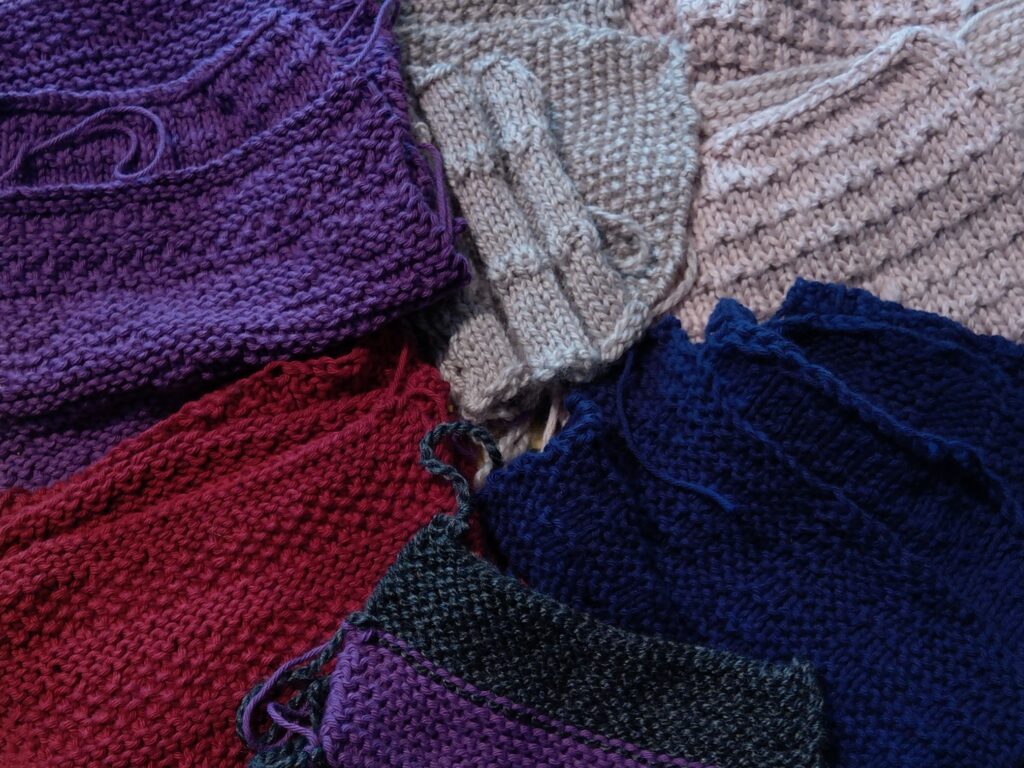
What Next?
We hope you will join us at Helpful by Nature by subscribing to our email list. We would love to hear from you, take your questions and provide answers if we are able.
Until next time,

Gillian (and Andrew)

